A Cat Owner's Guide: Training Your Feline Friend to Use the Litter Box
by Ruby Gin on Sep 25, 2023
Cats are fascinating and independent creatures, but one of the first things cat owners need to tackle is litter box training. While it may seem like a daunting task, with the right approach and a little patience, you can successfully teach your cat to use a litter box. In this guide, we'll walk you through the steps to ensure a smooth transition for your furry companion.
Step 1: Choose the Right Litter Box and Litter
The first step in litter box training is selecting the right equipment. Here's what you need to consider:
Litter Box:
- Size: Choose a litter box that is spacious enough for your cat to move comfortably.
- Covered vs. Uncovered: Some cats prefer privacy, so a covered box might be preferred, while others prefer open ones. Test to see which your cat prefers.
- Accessibility: Place the box in a quiet, easily accessible location, away from their food and water bowls.
Litter:
- Type: Start with a basic, unscented clumping litter. Cats have varying preferences, so you might need to experiment.
- Depth: Fill the box with 2-3 inches of litter.
Step 2: Introduce Your Cat to the Litter Box
Once you've set up the litter box, it's time to introduce your cat to their new facility:
- Gently place your cat in the litter box, especially after meals or when they display signs of needing to eliminate.
- Allow them to explore the litter. They may start using it right away or simply investigate.
Step 3: Positive Reinforcement
When your cat successfully uses the litter box, it's crucial to reinforce this behavior positively:
- Praise your cat and offer a treat or gentle petting as a reward.
- Make them associate the litter box with a positive experience.
Step 4: Maintain a Clean Litter Box
Cats are more likely to use a clean litter box. Establish a routine:
- Scoop waste daily and dispose of it in a sealed bag.
- Change the litter entirely at least once a week.
- Wash the litter box with mild soap and water during these cleanings.
Step 5: Be Patient and Understanding
Remember, cats may not take to the litter box immediately. Avoid scolding or punishing your cat if they have accidents, as this can create fear or anxiety around the litter box. Be patient and understanding of their needs.
Step 6: Seek Professional Help if Needed
If your cat consistently refuses to use the litter box, consult with a veterinarian to rule out any underlying medical issues. Inappropriate urination or defecation can sometimes be a sign of a health problem.
Step 7: Consider Additional Aids
If your cat continues to have accidents outside the box, you can explore the use of pheromone sprays or consult a professional animal behaviorist for additional guidance.
Litter box training your cat is an essential part of being a responsible cat owner. While it may require some effort and understanding, the bond you build with your feline friend as you guide them through this process is well worth it. So, be patient, stay positive, and enjoy the journey of pet ownership with your furry companion. Happy litter training!
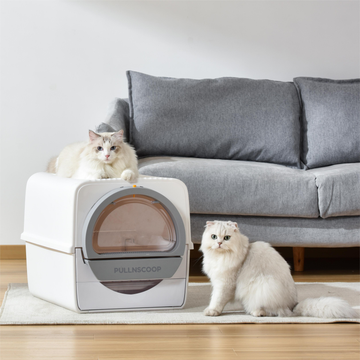


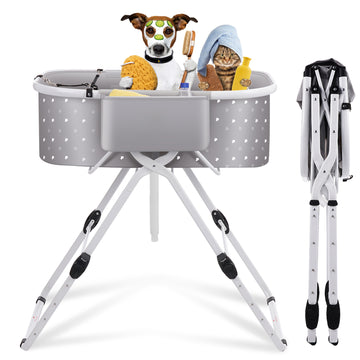
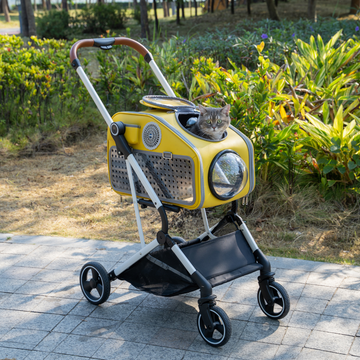

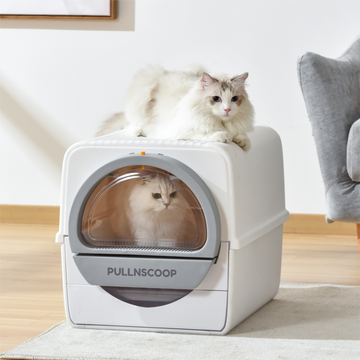


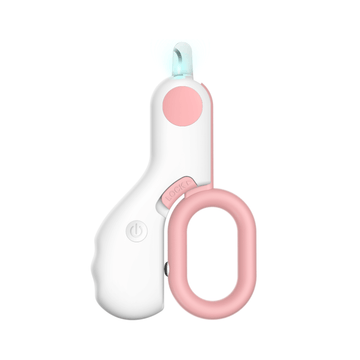


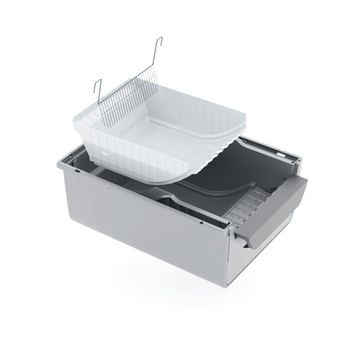






DIY Stainless Steel Litter Box Solutions
The Impact of Stainless Steel Litter Boxes on Cat Health
How to Clean Your Stainless Steel Litter Box
Stainless Steel Litter Boxes: User Reviews